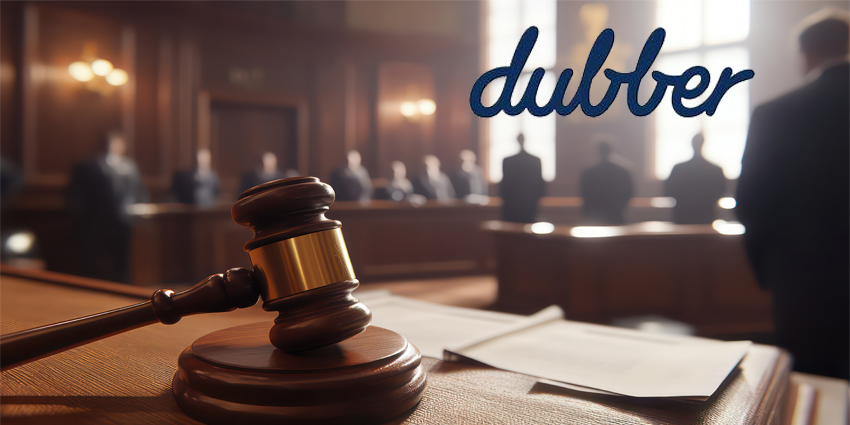Contact centers need a mechanism for sorting, classifying, and organizing their call records to assess their demand drivers sufficiently.
Without this mechanism, recorded files lack meaningful insights as there’s too much data to sift through.
Call tags are among the most common tools used for this purpose.
What Is Call Tagging in a Call Center?
Call tagging stamps each customer conversation with a disposition code, which reflects the reason for calling.
However, contact centers sometimes add further tags per common traits, objectives, and business relevance.
While the concept of call tagging is relatively straightforward, its real value lies in the type of tags a contact center uses.
Default tags within many CRM and helpdesk systems – like “new customer” or “order returns” – often work well. Nonetheless, customization is likely required to factor them into workflows.
3 Ways to Tag Calls in a Contact Center
In the past, the only way to effectively “tag” a call would involve manually adding notes to a system through statements in customer files or information added directly to a database.
As technology in the contact center landscape has evolved, however, tagging has become a much more efficient process.
The three core ways to “tag” a call include:
- Low-Tech Tagging: Some smaller companies still use the low-tech method of tagging calls, which involves keeping a written note of popular contact intents and reasons. Agents can hold a pen and paper handy to assign notes to specific callers. Typically, agents upload these notes into a CRM or helpdesk solution as part of their after call work.
- Advanced Call Categorization: Low-tech solutions are rarely scalable for companies that need to store a lot of information about each caller and their intent. Most larger organizations instead use “disposition codes”, which they subcategorize into different stages of the customer journey. When an agent handles a call, they tag the conversation with a specific set of calling codes. These outline the reason for the call alongside relevant data, such as whether the call includes personal information.
- High-Tech Automated Call Tagging: In the most modern contact centers, companies apply artificial intelligence and automation to the call tagging strategy. During a call, NLP tools detect keywords and phrases that help delineate critical information to store about each caller. These systems can automatically upload data to a CRM system and provide real-time and historical insights into customer conversations.
What are Some of the Popular Tags to Use?
Call tags often go beyond earmarking the purpose of each contact.
For instance, outbound operations typically tag calls into “interested,” “not interested,” “no response,” “invalid number,” and “do not call” tags.
Doing so helps agents keep track of the most promising leads and which ones are best left behind.
Meanwhile, there are many more options in inbound operations. They can also tag incoming calls based on:
- The Customer’s Identity – New customer, priority/VIP customer, reacquired customer, blocked customer, etc.
- Customer Sentiment – Happy, angry, impatient, etc.
- The Product Line – First-party sales, third-party product, newly launched product, a product with known bugs, etc.
Furthermore, contact centers can create tags based on specific business goals.
For example, an organization might want to tag all calls handled by newly-hired agents during the first month of their employment across different contact center locations. Doing so may facilitate special quality assurance (QA) initiatives.
Is Call Tagging Important?
Tagging calls can seem time-consuming, depending on the strategy each business chooses. However, it is often a valuable part of running a thriving contact center.
Indeed, with call tagging, companies can more effectively route calls to the right agent, monitor customer intent, and make data-driven decisions about how to grow the business.
Call tagging can even help improve security and compliance. How? By allowing companies to store and record information according to the correct standards.
Discover how automated call tagging and customer intent analysis is aiding retailers in our article: Weathering the “Perfect Storm” In Retail







